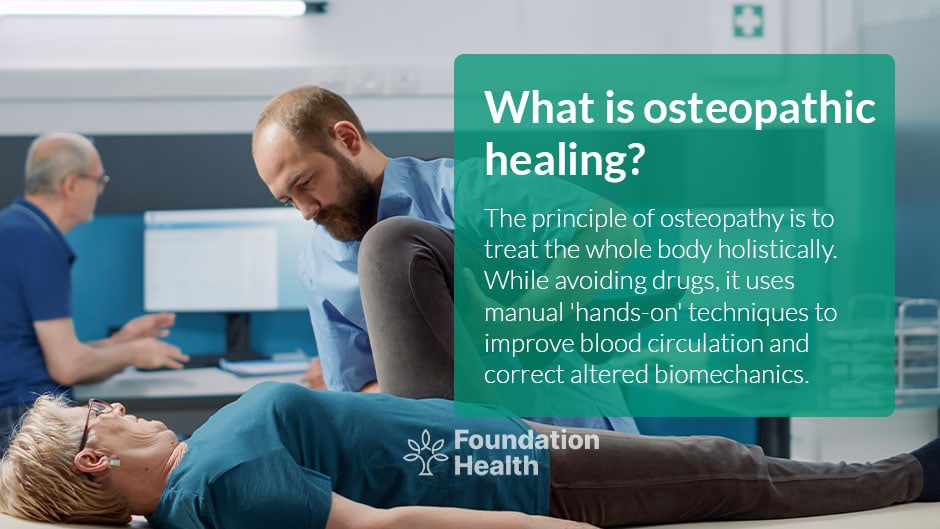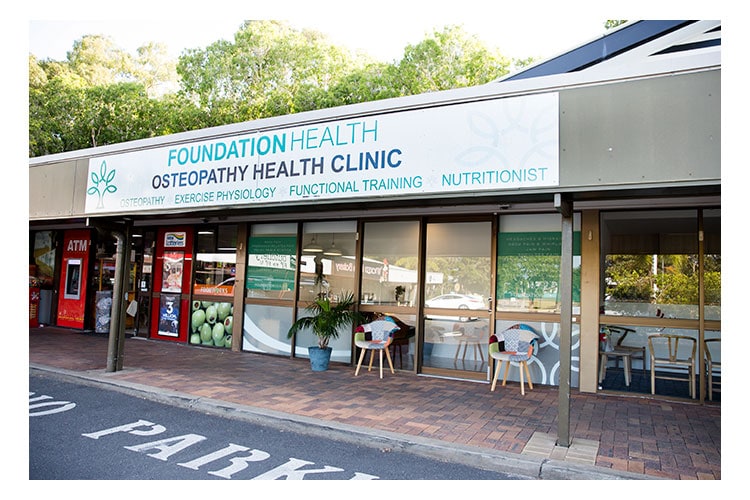According to the World Health Organisation, age is one of the significant risk factors for falls that require hospital treatment in 37 million cases worldwide every year. This is typically due to our muscles and bones losing strength and size as we age and our joints becoming less flexible.
Lack of activity is one of the most significant contributors to health problems in the elderly. This can be due to several factors, such as not getting around easily or not having access to appropriate exercise facilities.
Osteopathic care for the elderly helps combat these age-related changes and challenges, keeping individuals healthy and mobile well into their golden years.
Osteopathic treatment for the elderly
Everybody experiences the physiological process of aging. The musculoskeletal system is one of the body parts that is greatly affected by aging. Our tissues become less elastic as we age, increasing our risk of injury to our bodies’ soft tissues and bone structures.
The body relies on movement for optimal function, not only in terms of joint and muscle mobility but also in the circulation of body fluids. This supports the body’s vitality. As seniors age, they often experience stiffness and decreased mobility due to osteoarthritis or accumulated mechanical stress.
In addition to assisting the body in performing well throughout the aging process in general, osteopathy is beneficial for rehabilitating those who have fallen. After a fall, the joints and tissues of the body experience stress, fractures or strains, and an osteopath is interested in identifying and treating these strain patterns to restore function. A fall can disrupt the body’s movement, affecting your function, daily activities, and your balance and confidence.
The Australian Institute of Health and Welfare reported that slipping, tripping, and stumbling cause 34% of falls among those aged 65 and over. Falls from beds, chairs, steps, and ladders account for another 15%. More than half of these falls occurred at home!
The elderly have a greater chance of experiencing a rapid decline in functional capability after a fall, underscoring the necessity for recovery and rehabilitative treatment through osteopathy.
The benefits of osteopathic care for elderly populations
Osteopathy can get to the root cause of a pain problem in elderly patients. Joint stiffness and muscle pain are reduced. Joint range of motion can be improved, as can spinal problems caused by poor posture or spinal disk injuries. Osteopathic manipulation involves non-invasive treatments that can be used to relieve chronic pain.
Osteopathy improves circulation to distribute nutrients and oxygen throughout the body better. Besides reducing blood pressure and inflammation, it can also improve health by increasing physical detoxification, treating sleep apnea, improving sleep habits, and boosting overall wellness.

Common conditions prevalent in the elderly
- Pain in the pelvis, leg, or foot.
- Maintaining functional mobility and postural balance.
- Rehabilitation following surgery.
- Symptoms of arthritis.
- Migraines and headaches.
- Osteoporosis.
- Neck and back pain.
- Swelling and poor blood circulation.
- Vertigo.
- Pain or dysfunction caused by dental problems.
What conditions does an osteopath treat?
Osteopathic treatment for the elderly can help treat arthritis, back pain, headaches, joint pain, digestive issues, and posture problems. Furthermore, osteopathy can help with sleep patterns, nervous system symptoms, and circulatory symptoms.
Osteopathic treatment for the elderly includes a complete physical examination, individualised treatment plans, and, if needed, exercises and advice to be performed at home. When a patient undergoes a physical examination, posture, body alignment, muscular strength, and joint mobility are evaluated.
What is osteopathic healing?
The principle of osteopathy is to treat the whole body holistically. While avoiding drugs, it uses manual ‘hands-on’ techniques to improve blood circulation and correct altered biomechanics.
In contrast to traditional medicine, osteopathic physicians employ manual techniques to balance all body systems and promote overall health and wellness.
Osteopaths practise osteopathic manipulative medicine to diagnose and treat patients with various conditions using these manual techniques.
Osteopathic manipulative medicine utilises manual stretching, gentle pressure, and resistance. Light pressure is used in all osteopathic treatments to ensure minimal patient discomfort and maximum relief.

What are osteopathic manipulative techniques?
As osteopaths, we want to improve joint mobility, relieve muscle tension, increase blood flow, and influence nerve supply to tissues. Here are a few osteopathic manipulative techniques we use to achieve these goals:
- Soft tissue manipulation.
- Joint manipulation.
- Strain or counter strain of muscles.
- Low amplitude high-velocity thrusting.
- Stretching.
- Ultrasound.
- Electrical stimulation.
- Dry needling.
Final thoughts on Osteopathic Care for the Elderly
An osteopath provides pain relief, muscle relaxation, joint flexibility, healthy blood flow, and postural balance to elderly patients.
Seniors can also benefit from osteopathy by staying active and independent for a longer timeframe.
At Foundation Health, we want every senior to have a better quality of life, experience less bodily pain and feel refreshed and relaxed at the end of each session.

